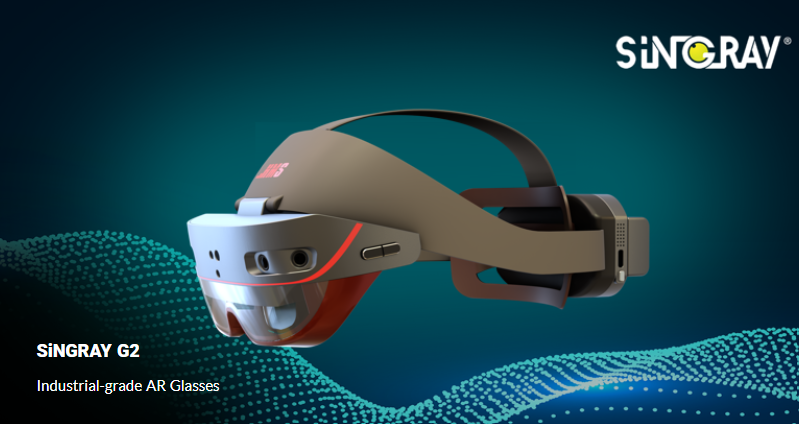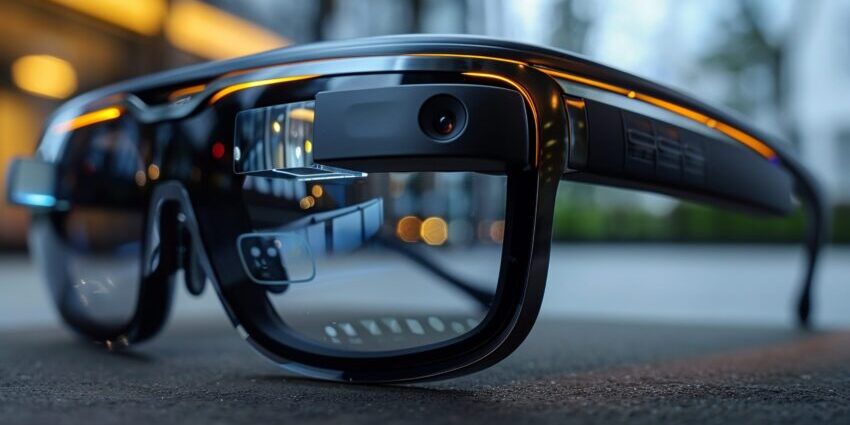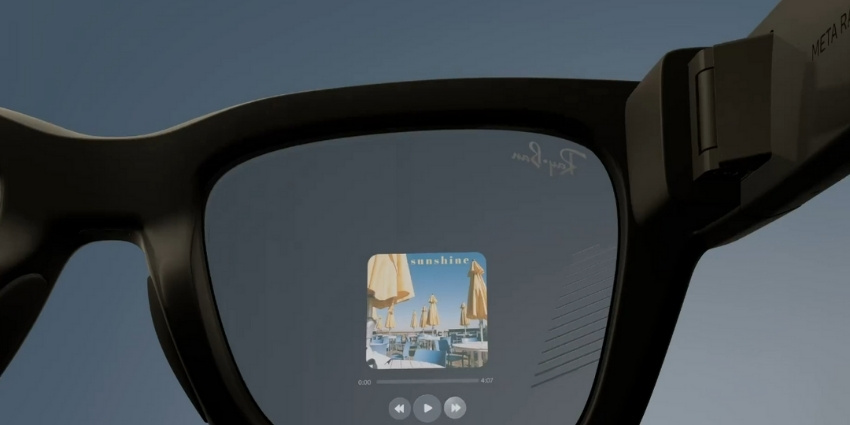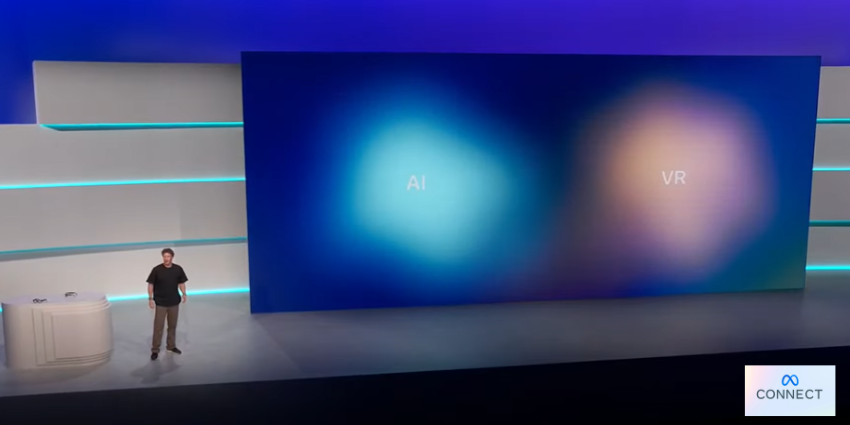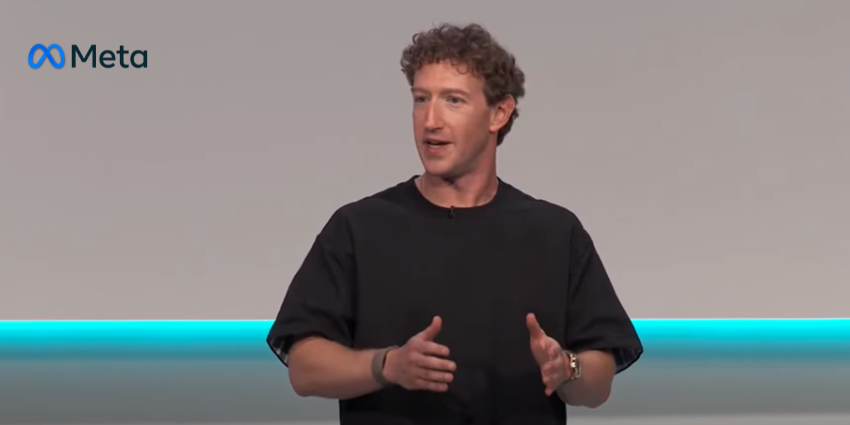As the touted Meta Connect 2024 event rolls on, Meta’s CTO spoke on what audiences can expect from the event, calling the undisclosed but rumoured announcements “ground-breaking” in his eyes.
Moreover, as the event approaches, more and more AR/VR/MR firms are optimising their operations to meet industry expectations.
At the same time, the future of XR looks to be moving towards AR smart glasses and MR headsets. Forecasts expect audiences to turn away from fully VR headsets for the next hot XR trend despite continued B2B strength in fully immersive training use cases.
Meta CTO Discusses “Ground-Breaking” AR Announcements
This week, among other comments on the XR Industry, Meta CTO Andrew Bosworth took to his Instagram account to address the upcoming Meta Connect 2024, which will take place later this year.
Bosworth said:
I’m incredibly biased, so make your own call. I think we got the usual exciting stuff in terms of launches, some incredible technology demos of what’s to come. I said this before, but I’ll say again but we really do want this to be a developer conference. A great developer conference where hopefully devs go and they hear that we understand the problems that they have, that we care about, those problems that we’re investing in, solutions to those problems that are going to make their lives easier.
Speaking on Meta Connect, Bosworth confirmed that an AR product would be present during the showcase, he added:
Groundbreaking. I think the AR announcement will be very groundbreaking. We’ve already kind of teased it,when people start to be able to experience it, I think that’s going to really turn some heads. The big announcements are a big deal, and [they] will have a huge impact on the trajectory of VR and MR in the next couple of years. But I don’t know if that counts as ground-breaking.
Apple Vision Pro’s Spatial Recording is now Supported on the New iPhone 16 Models
Yesterday, Apple unveiled the latest additions to its iOS product line: the iPhone 16 Pro and 16 Pro Max. These new smartphones are powered by the A18 Pro chip and are designed to enhance AI, camera, and battery life features.
The showcase event focused primarily on the iPhone 16 models, so there were no significant updates on the new Vision Pro for those anticipating the year’s conclusion.
During the showcase event for the iPhone 16 Pro and 16 Pro Max, minor Vision Pro details were revealed, including integrations for spatial content creation on the latest iOS models.
According to Apple, the new iPhone models utilize Apple’s spatial recording feature, which was introduced earlier this year alongside the Vision Pro. This feature enables users to capture 3D recordings of a memory, similar to a photo or video. These spatial recordings can be viewed on the Vision Pro headset as a 3D immersive visualization. Additionally, devices like PICO’s recent 4 Ultra headset allow users to watch iPhone spatial recordings on non-Apple XR headsets.
Another significant feature of the iPhone 16 Pro and 16 Pro Max is the ability to record audio and videos using a built-in “studio-quality” spatial audio system. This system delivers an immersive sound experience compatible with Apple Vision Pro playback, AirPods, and surround sound systems.
Bentley Systems Doubles Down on Digital Twins
This week, Bentley Systems, a leading provider of infrastructure engineering software, acquired Cesium’s 3D geospatial application creation platform. This move consolidates each group’s platforms and users to provide open framework digital infrastructure solutions.
Julien Moutte, Chief Technology Officer at Bentley Systems, says, ” tens of thousands of developers use Cesium, and each month, 1 million active devices access Cesium ion, a SaaS platform for 3D geospatial data,” showcasing a thriving spatial data platform.
The acquisition comes as Bentley Systems acknowledges a transition in the infrastructure industry, with leading firms becoming more data-centric.
The Cesium acquisition is part of Bentley Systems’ efforts to develop a framework for rich spatial data assets. This includes its first-party digital twin solution, iTwin.
With the newly acquired Cesium portfolio, Bentley Systems can access additional tools and standards, such as gITF and 3D Tiles, for storing and streaming spatial data in professional applications.
Furthermore, Bentley Systems is taking internal steps towards an open cloud framework to give users greater control over their spatial data and custom application development. Bentley Systems has also introduced an open-source databasing solution to support this move.
Moutte emphasized Bentley System’s open-source vision to “double down” on adopting open standards for spatial data in infrastructure sectors.
Metaroom Takes Further Strides to Improve B2B Usability
Metaroom, a service from Amrax, has introduced new 2D export features to its B2B spatial data capture toolkit. The Metaroom spatial data capture solution aims at workers in the construction and property sectors to digitally map 3D versions of real-world indoor spaces.
The new update allows users to export spatial captures as 2D floorplan exports to optimize usability for Amrax’s targeted sectors. Due to the industry’s expectation for 2D exporting, Metaroom is responding to the calls of professionals who want to leverage spatial data capture tools.
Martin Huber, CEO of Amrax, added:
We’ve received numerous requests for 2D export formats, so we’re excited to offer this option for 2D-floor plans alongside our existing 3D exports. By introducing this 2D-floor plan capability in combination with our powerful 3D technology, we are opening up new possibilities for design.
When a user creates a 1:1 scale capture of an indoor space using Metaroom, the service enables professionals to scan it using a compatible iPhone Pro or iPad Pro model. Once the scanning is complete, the service allows users to export the 2D floor plan and other file types, such as AutoCAD, Chief Architect, 2D DXF, and 2D Project Report PDF formats.
Workers can also improve their spatial capture by integrating context-relevant data into different sections. Metaroom’s workflow allows users to upload scans to a cloud infrastructure, providing flexibility in accessing the capture from any end device.


